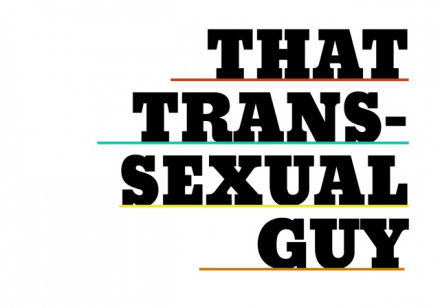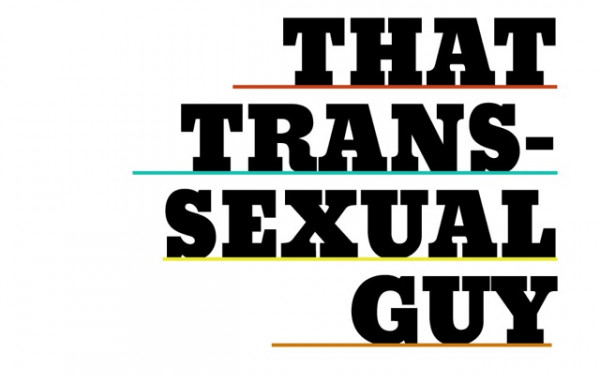Trans Day of Remembrance
Who gets remembered? Who gets days off to witness, mourn and acknowledge the pain of death? And who isn’t remembered? Who’s left to rot in silence?
I ask these questions because the Transgender Day of Remembrance was yesterday, Nov. 20. A vigil was held at 6:00 p.m. at the Y-intersection on the McGill campus, organized by Queer McGill’s Trans* Working Group. The event provokes many questions about violence.
Why don’t we pay attention to the murdered incarcerated people, HIV-positive people, sex workers, poor people, disabled folks, trans women, and people of colour? What about those who overdose? Those who commit suicide?
We cannot only pay attention to gender-creative children—we must also remember to help out those who are not safe when stepping into a bathroom, or who get kicked out of restaurants simply because cisgender people are uncomfortable. Our identities intersect in many ways and bar access to services, communities, and help that are made for the privileged.
The Trans* Working Group writes on the vigil’s event page, “The Transgender Day of Remembrance was set aside to memorialize those who were killed due to anti-transgender hatred or prejudice.
“The event is held in November to honor Rita Hester, whose murder on Nov. 28, 1998 kicked off the ‘Remembering Our Dead’ web project and a San Francisco candlelight vigil in 1999. Rita Hester’s murder—like most anti-transgender murder cases—has yet to be solved.”
Where can we direct our efforts so that the high numbers of trans* deaths are reduced?
I’m not going to tell you what to do, but I think that each individual and each community could and should spend time thinking about how they can be allies to the transsexual, transgender, non-binary, and gender-non conforming folks in their lives. Then you should do what you can.
Can we create a world where transphobia does not exist?


_600_832_s.png)

